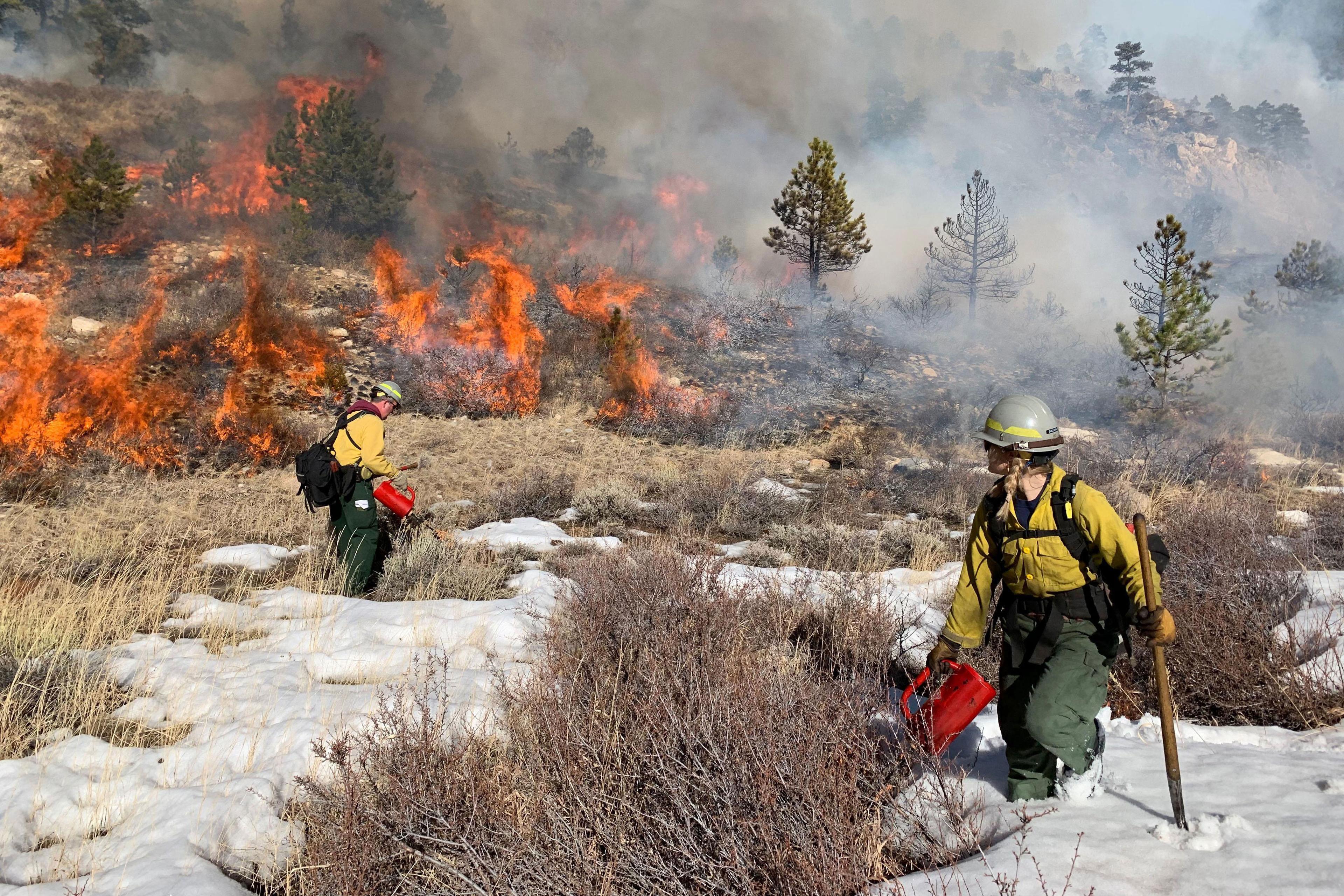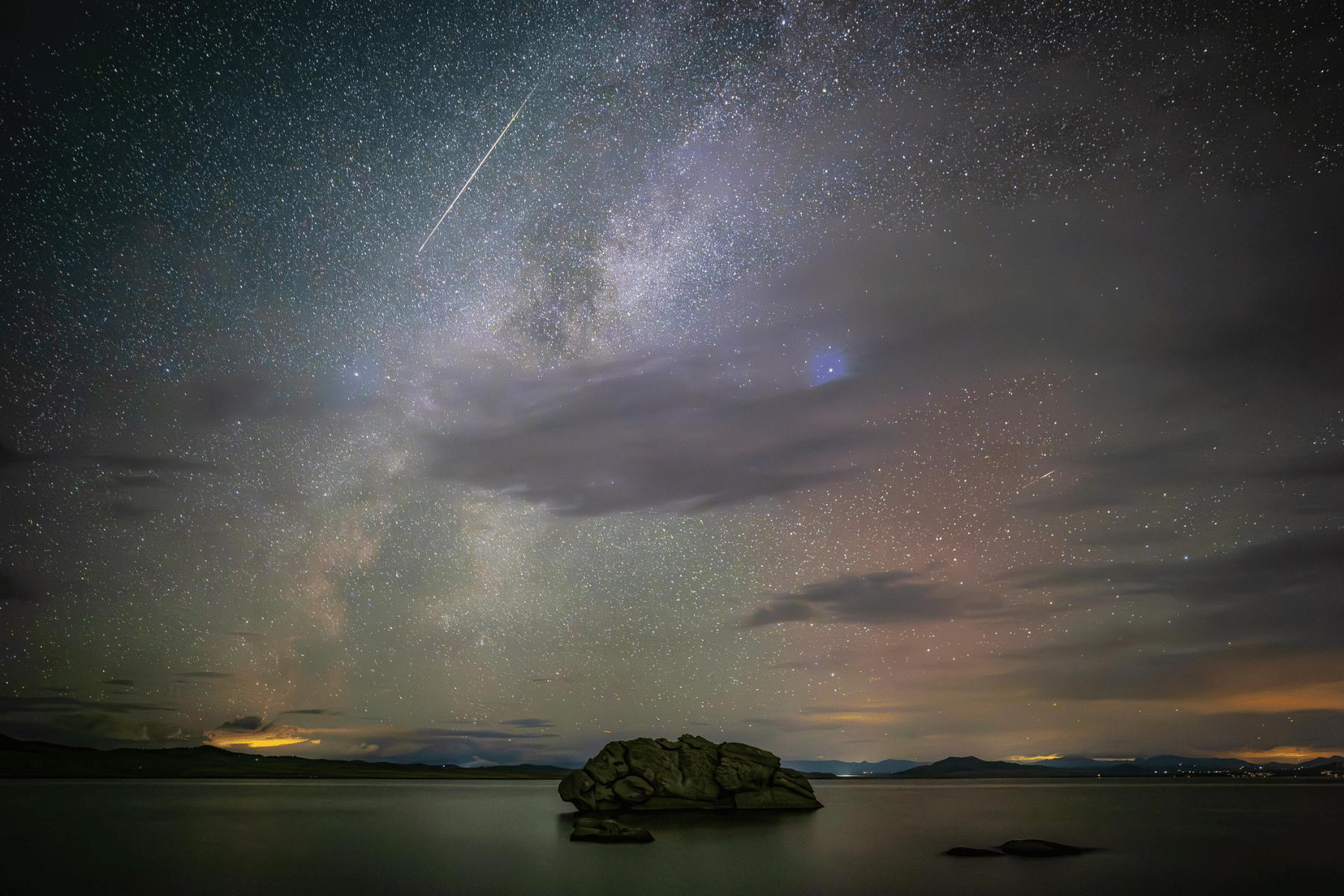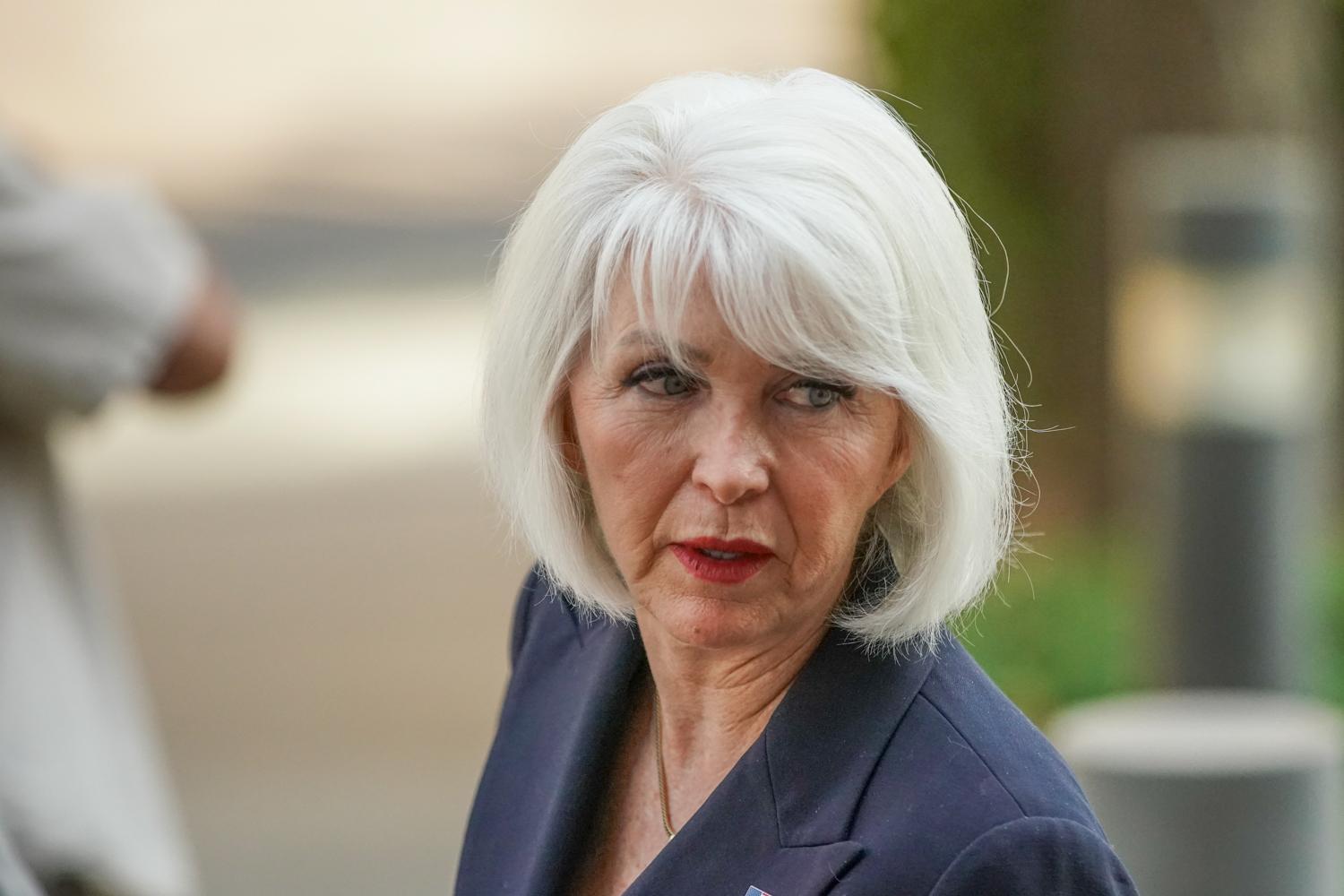

When most people look at the forest right now, they see an abundance of green, fed by a wet spring. When Butch Knowlton, director of emergency preparedness for La Plata County and a 40-year wildfire veteran, looks at it he sees risk.
Knowlton knows that even though snow still covers the high peaks at the southern end of the county, “some of our vegetation in our forested areas down there are already starting to dry out,” he said. As everything dries out, the chances of a fire rise.
Even though this season is off to a quiet start, Knowlton won’t let his guard down. The state is following suit: It’s putting more money toward fire response and planning for a new way to deal with a fire.
Wildfire is a part of life in Colorado. The state saw its most destructive wildfire season in years in 2018, punctuating nearly two decades of fiery summers. Wildfires are expected to become even more destructive as the climate changes.
The Colorado Division of Fire Prevention and Control will get an additional $3 million annually to fund fire response. Director Mike Morgan said his goal is to reduce the number of large wildland fires by 15 percent over the next two years.
He spent months talking to hundreds of local fire agencies across the state. He said the biggest need is to fund more boots on the ground.
“We need to be to a certain degree self-reliant,” he said.
By the end of 2019, the state wants to staff four 10-person crews positioned in each quadrant of Colorado. They’ll help respond to wildfires during the summer. In the winter, they will do things like teach classes and work on controlled prescription burns.
“If weather’s good to do some prescribed fire in November, we need to have the staffing to actually be able to do that, and to do it safely,” Morgan said.
More money is just one piece of the puzzle. A new fire commission will look at the bigger questions that loom over the future of wildfire response in the state.
“It just seems like the fires that we’re seeing now and the conditions that we’re seeing necessitate us all upping our game in terms of what we do, but more importantly what we do together,” said John Swartout, executive director of Colorado Counties Inc.
For example, local, state and federal governments coordinate resources on fighting wildfires. But could they work closer on, say, unveiling fire bans at the same time? Coordinated efforts like that could help prevent wildfires in the first place.
The commission will also look at different ways for the state to fund wildfire firefighting. In 2018, the state spent more than $40 million on emergency services. The year’s overall price tag of $130 million was shouldered by different local and federal agencies. At the federal level, the USDA has moved to a dedicated funding stream to fight wildfire.
Still, state and federal funding fixes aren’t enough. Knowlton said homeowners need to prepare for wildfire as it becomes more widespread and destructive. An estimated 3 million homeowners live in the wildland-urban interface in Colorado.
Knowlton has seen firsthand that some of these folks simply aren’t prepared.
“When we drive into somebody’s yard and tell them that the fire is advancing, I can tell you numerous, numerous times, I’ve seen these property owners literally walk in circles because they have never thought about this bad day that’s now on them,” he said.
That means homeowners have to make evacuation plans and protect their property by clearing trees to create defensible space for firefighters.
It’s time, Knowlton said, for homeowners to come to terms with wildfire’s place on Colorado’s landscape.









